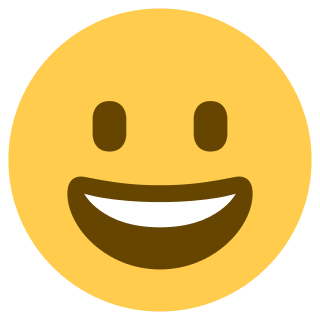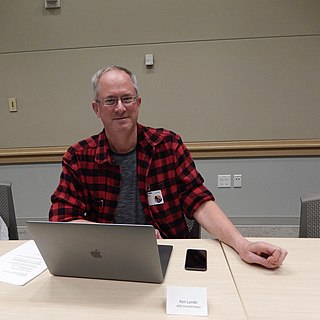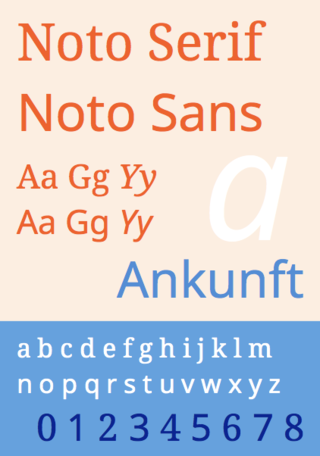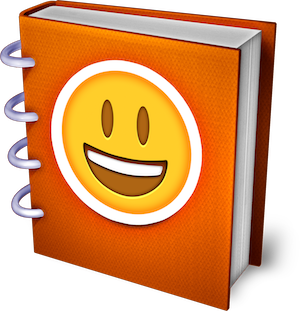
The Unicode Consortium is a 501(c)(3) non-profit organization incorporated and based in Mountain View, California. Its primary purpose is to maintain and publish the Unicode Standard which was developed with the intention of replacing existing character encoding schemes which are limited in size and scope, and are incompatible with multilingual environments. The consortium describes its overall purpose as:
...enabl[ing] people around the world to use computers in any language, by providing freely-available specifications and data to form the foundation for software internationalization in all major operating systems, search engines, applications, and the World Wide Web. An essential part of this purpose is to standardize, maintain, educate and engage academic and scientific communities, and the general public about, make publicly available, promote, and disseminate to the public a standard character encoding that provides for an allocation for more than a million characters.

An emoji is a pictogram, logogram, ideogram or smiley embedded in text and used in electronic messages and web pages. The primary function of emoji is to fill in emotional cues otherwise missing from typed conversation. Examples of emoji are 😂, 😃, 🧘🏻♂️, 🌍, 🌦️, 🥖, 🚗, 📱, 🎉, ❤️, ✅, and 🏁. Emoji exist in various genres, including facial expressions, common objects, places and types of weather, and animals. They are much like emoticons, except emoji are pictures rather than typographic approximations; the term "emoji" in the strict sense refers to such pictures which can be represented as encoded characters, but it is sometimes applied to messaging stickers by extension. Originally meaning pictograph, the word emoji comes from Japanese e + moji; the resemblance to the English words emotion and emoticon is purely coincidental. The ISO 15924 script code for emoji is Zsye.
Jennifer 8. Lee is an American journalist who previously worked for The New York Times. She is also the co-founder and president of the literary studio Plympton, as well as a producer on The Search for General Tso, which premiered at the 2014 Tribeca Film Festival.
A gender symbol is a pictogram or glyph used to represent sex and gender, for example in biology and medicine, in genealogy, or in the sociological fields of gender politics, LGBT subculture and identity politics.
Miscellaneous Symbols is a Unicode block (U+2600–U+26FF) containing glyphs representing concepts from a variety of categories: astrological, astronomical, chess, dice, musical notation, political symbols, recycling, religious symbols, trigrams, warning signs, and weather, among others.
Geometric Shapes is a Unicode block of 96 symbols at code point range U+25A0–25FF.

Ken Roger Lunde is an American specialist in information processing for East Asian languages.
Mark Edward Davis is an American specialist in the internationalization and localization of software and the co-founder and president of the Unicode Consortium.
The regional indicator symbols are a set of 26 alphabetic Unicode characters (A–Z) intended to be used to encode ISO 3166-1 alpha-2 two-letter country codes in a way that allows optional special treatment.
Miscellaneous Symbols and Pictographs is a Unicode block containing meteorological and astronomical symbols, emoji characters largely for compatibility with Japanese telephone carriers' implementations of Shift JIS, and characters originally from the Wingdings and Webdings fonts found in Microsoft Windows.

Pile of Poo (💩), also known informally as the poomoji (slang), poop emoji, or poo emoji, is an emoji resembling a coiled pile of feces, usually adorned with cartoon eyes and a large smile. Originated from Japan, it is used as an expression of various contexts. Some possible uses include: as a response of passive aggressive emotion, for comedic value, as commentary on what's bad, or as its literal meaning.
Dingbats is a Unicode block containing dingbats. Most of its characters were taken from Zapf Dingbats; it was the Unicode block to have imported characters from a specific typeface; Unicode later adopted a policy that excluded symbols with "no demonstrated need or strong desire to exchange in plain text," and thus no further dingbat typefaces were encoded until Webdings and Wingdings were encoded in Version 7.0. Some ornaments are also an emoji, having optional presentation variants.
Emoticons is a Unicode block containing emoticons or emoji. Most of them are intended as representations of faces, although some of them include hand gestures or non-human characters.

Noto is a font family comprising over 100 individual fonts, which are together designed to cover all the scripts encoded in the Unicode standard. As of October 2016, Noto fonts cover all 93 scripts defined in Unicode version 6.1, although fewer than 30,000 of the nearly 75,000 CJK unified ideographs in version 6.0 are covered. In total, Noto fonts cover nearly 64,000 characters, which is under half of the 149,186 characters defined in Unicode 15.0.

Emojipedia is an emoji reference website which documents the meaning and common usage of emoji characters in the Unicode Standard. Most commonly described as an emoji encyclopedia or emoji dictionary, Emojipedia also publishes articles and provides tools for tracking new emoji characters, design changes and usage trends. It has been owned by Zedge since 2021.

Face with Tears of Joy (😂) is an emoji that represents a crying with laughter facial expression. While it is broadly referred to as an emoji, since it is used to demonstrate emotion, it is also referred to as an emoticon. Since the emoji has evolved from numerous different designs pre-unicode, it has different names and meanings in different regions and cultures. It is also known as Tears of Joy emoji, lol emoji, joy emoji, laughing emoji, cry-laugh emoji, crying laughing emoji, or the laughing crying emoji. The emoji is used in communication to portray joking and teasing on messaging platforms and social media websites such as Facebook, Snapchat, Twitter and Instagram. The emoji is one of the most commonly used emojis in the Emoticons Unicode block. The Oxford Dictionary recognised the emoji as its Word of the Year in 2015 due to its common usage.
Charlie Craggs is a British transgender actress, activist, and author from London.
Blob emoji is an implementation of emojis by Google featured in its Android mobile operating system between 2013 and 2017.
Emojination is a grassroots organization that designs and advocates for the additions of inclusive emojis to be added to the Unicode Standard. Established in 2015, it was founded by Jennifer Lee and Yiying Lu. Emojination’s motto is “Emoji by the people, for the people” and the founders help individuals to submit emoji proposals to Unicode. Lee and Lu were listed on Fast Company’s list of 100 most creative business people in 2017 for their emoji work.
The Pistol emoji (🔫) is an emoji usually displayed as a green or orange toy gun or water gun, but historically was displayed as an actual handgun on most older systems. In 2016, the emoji faced controversy due to its perceived meanings. In the same year, Samsung replaced its realistic revolver design with a water gun emoji. In 2018, most major platforms also followed to change their revolver emojis to water gun icons.






